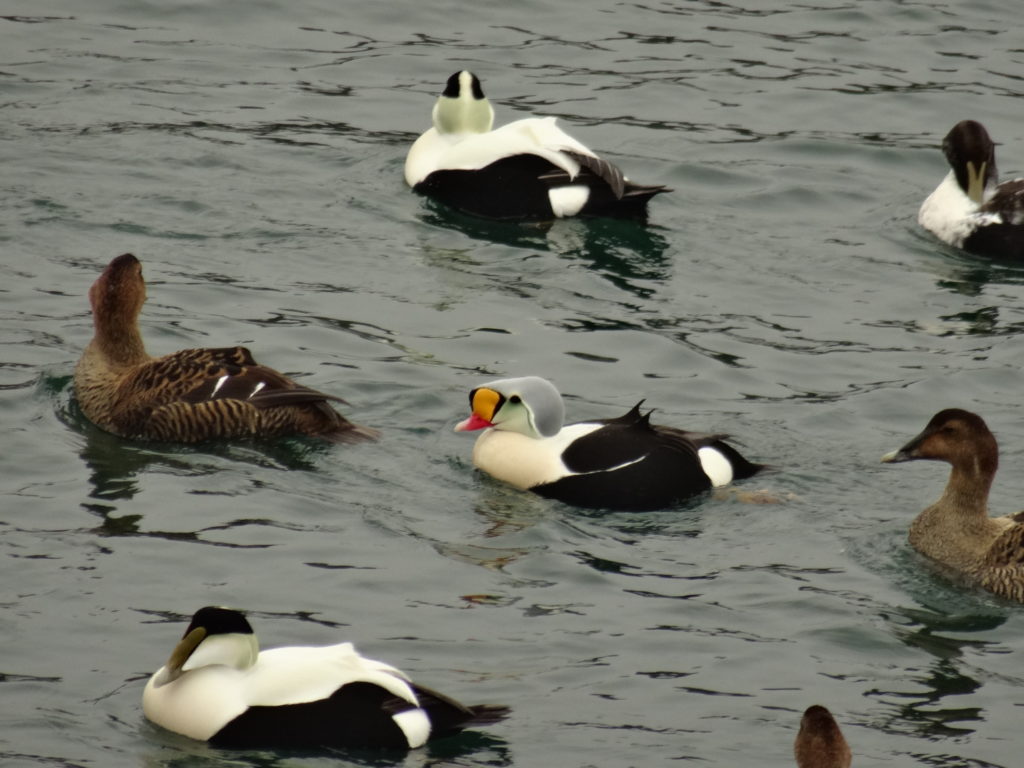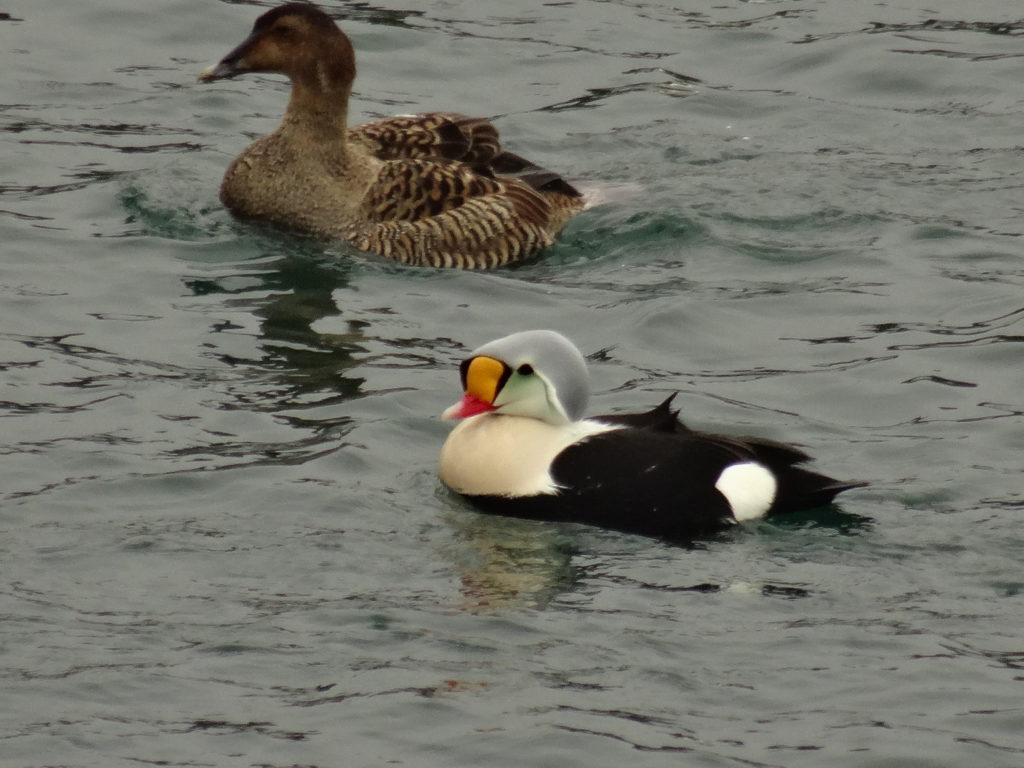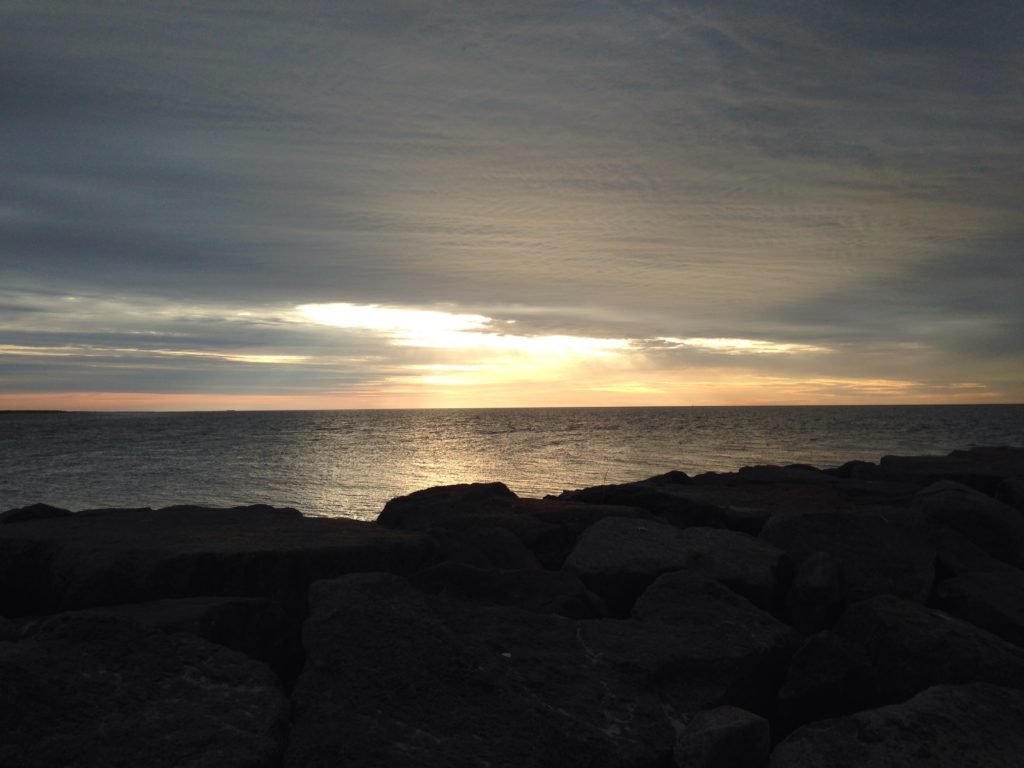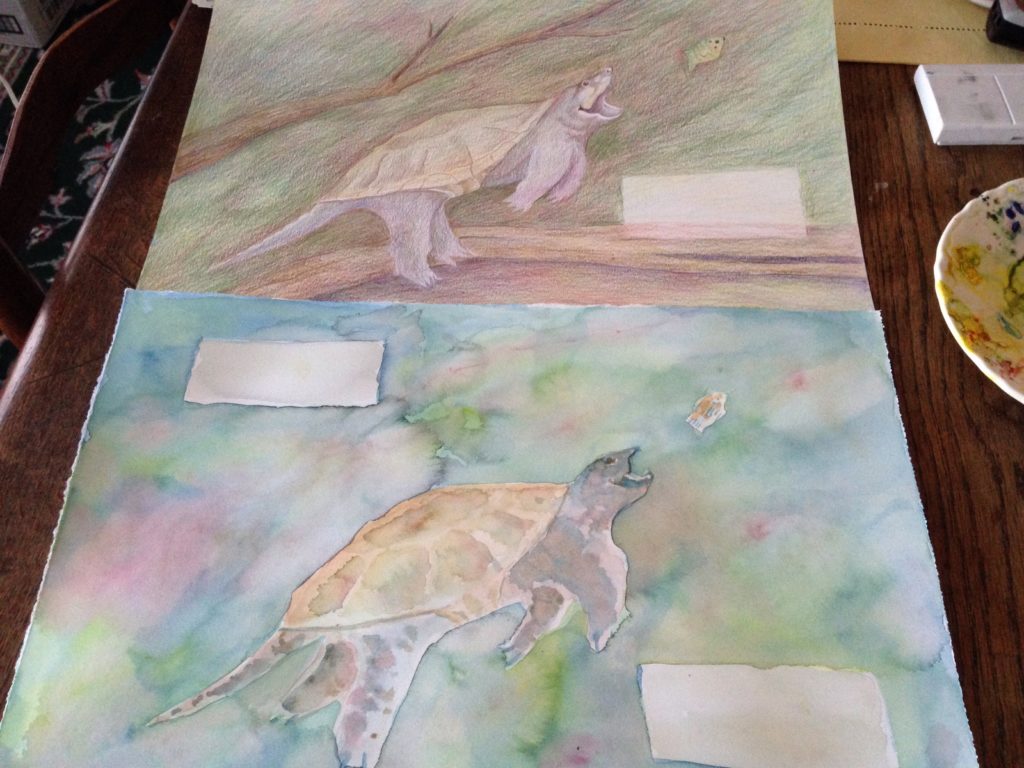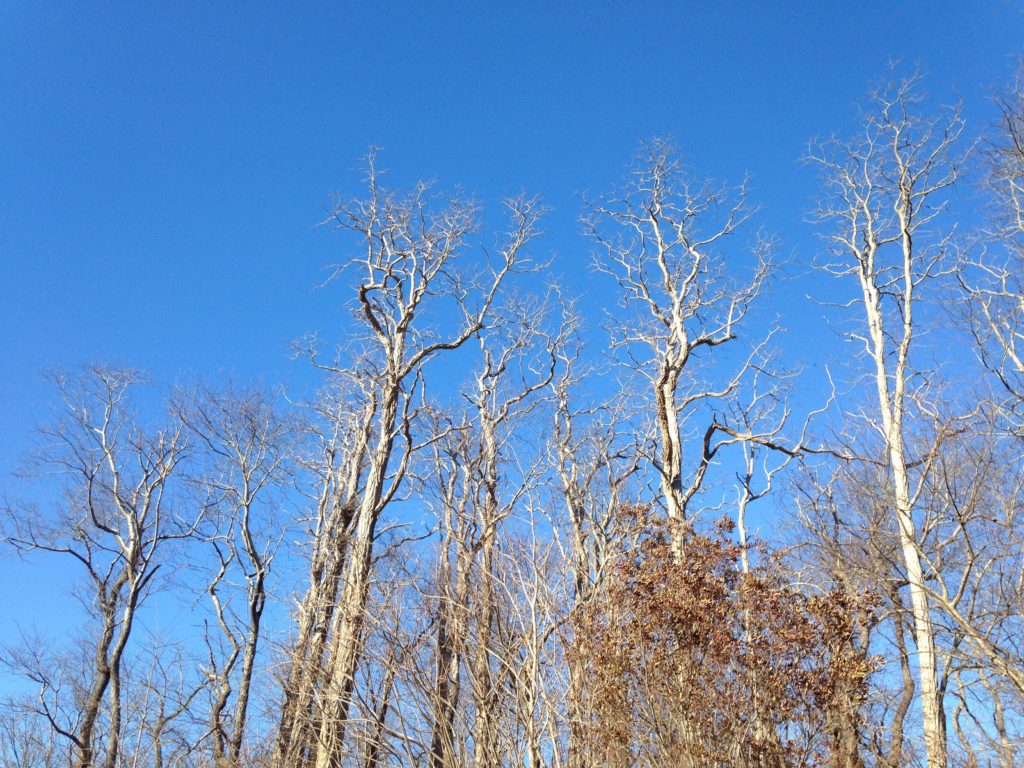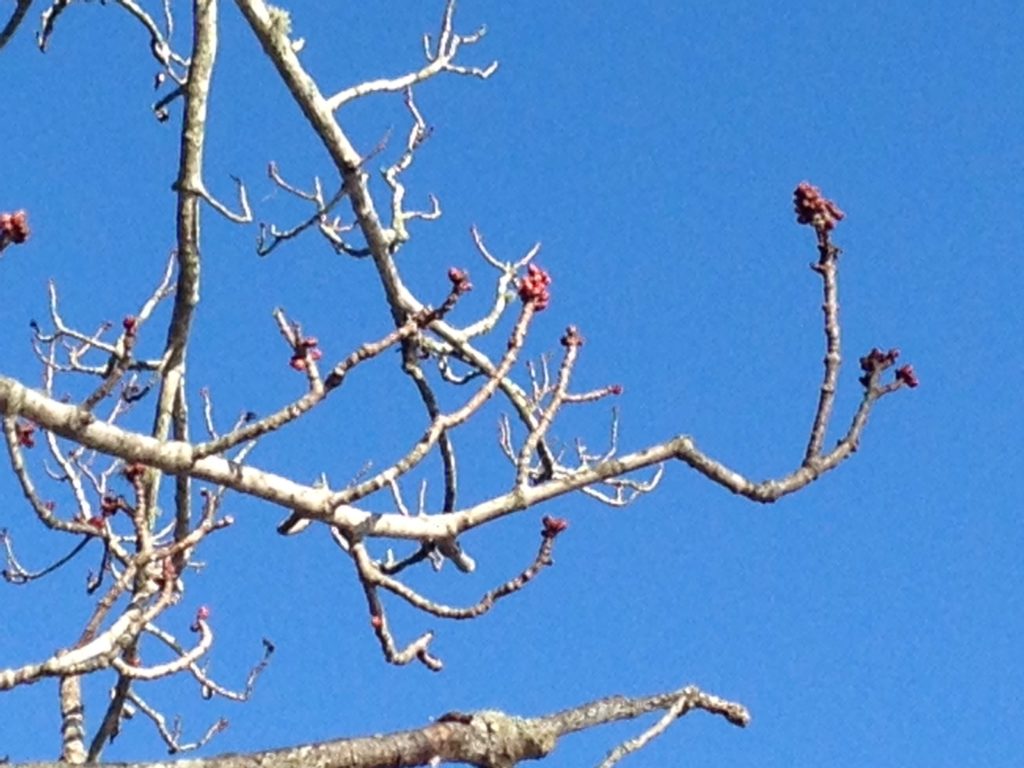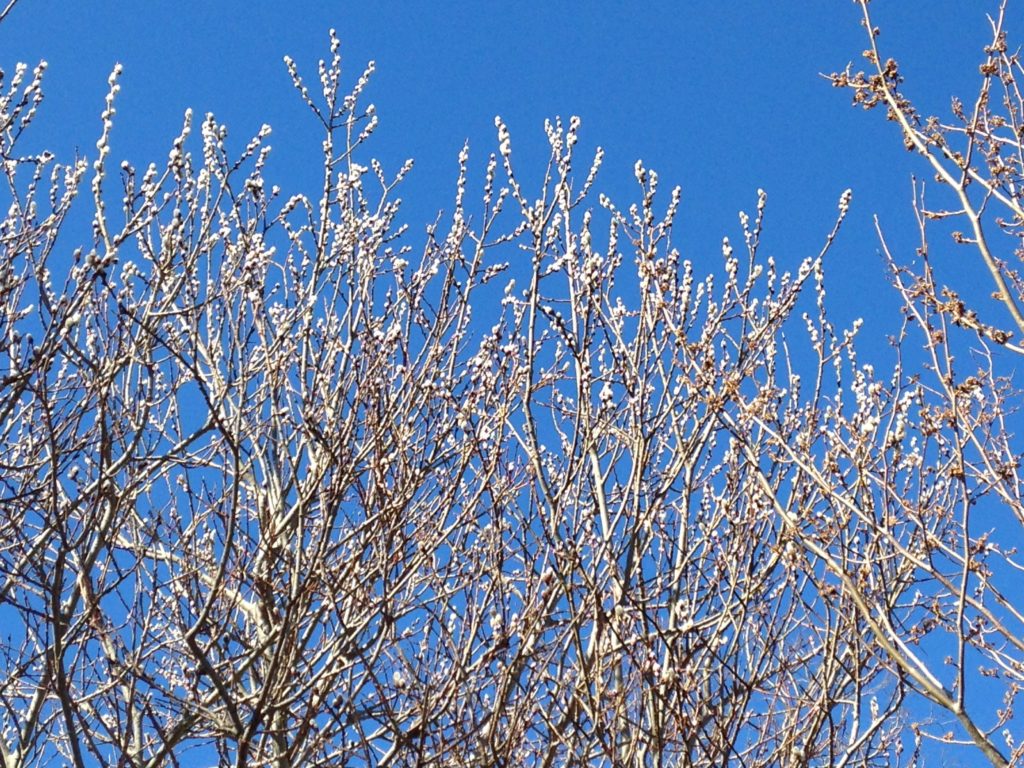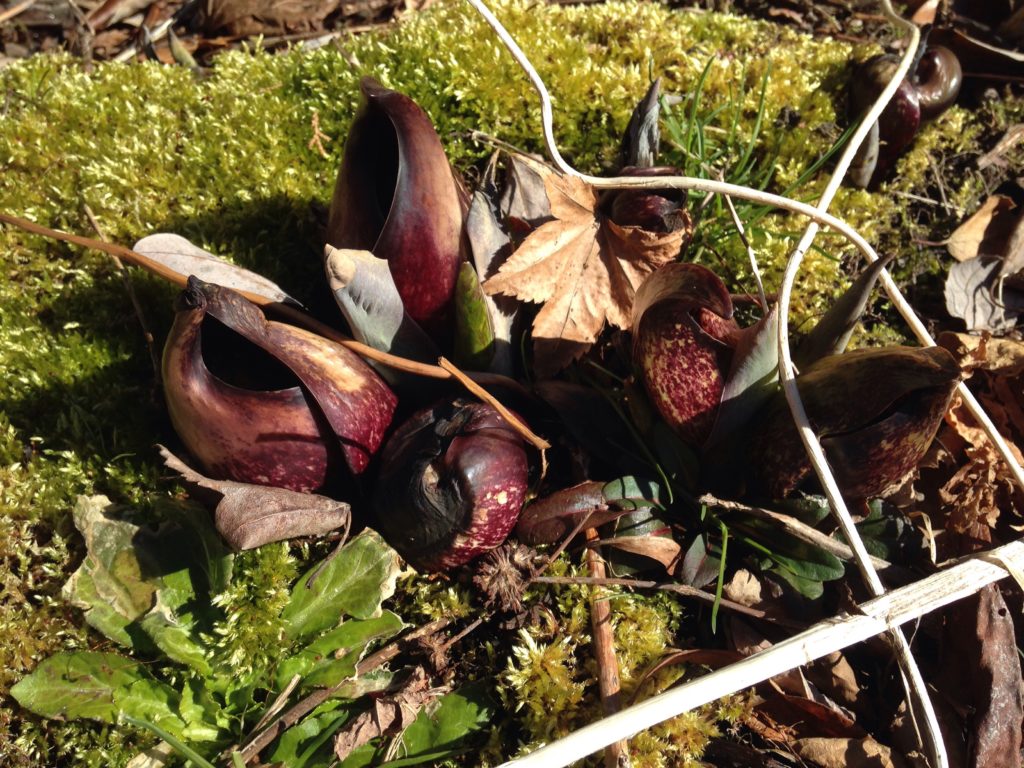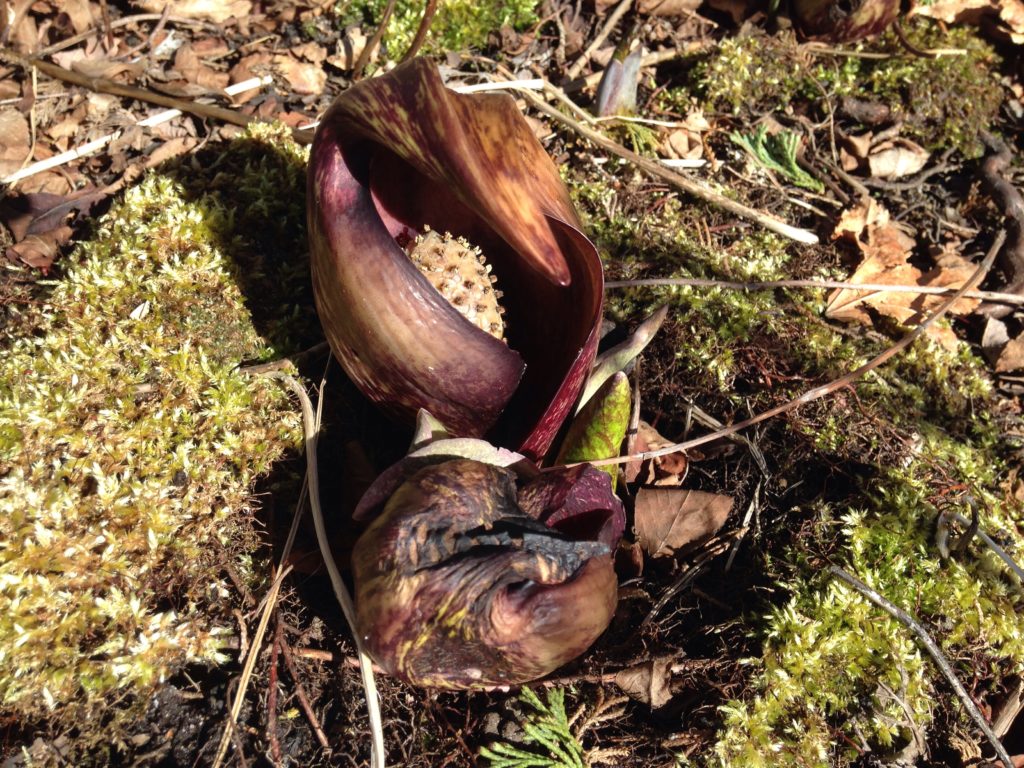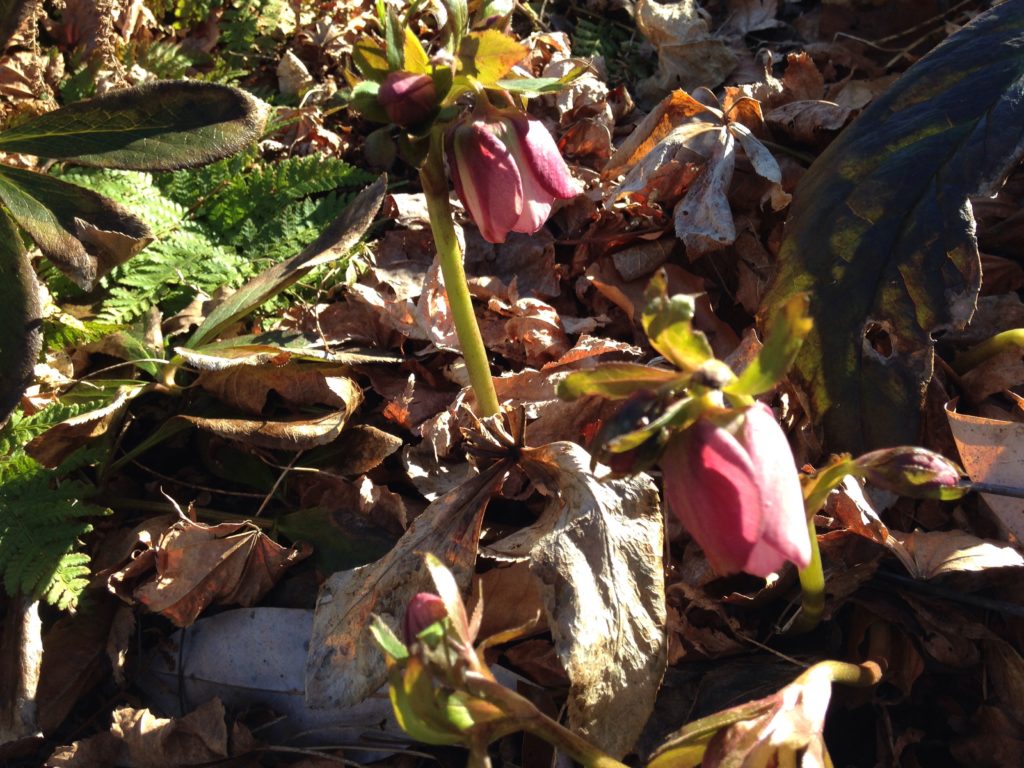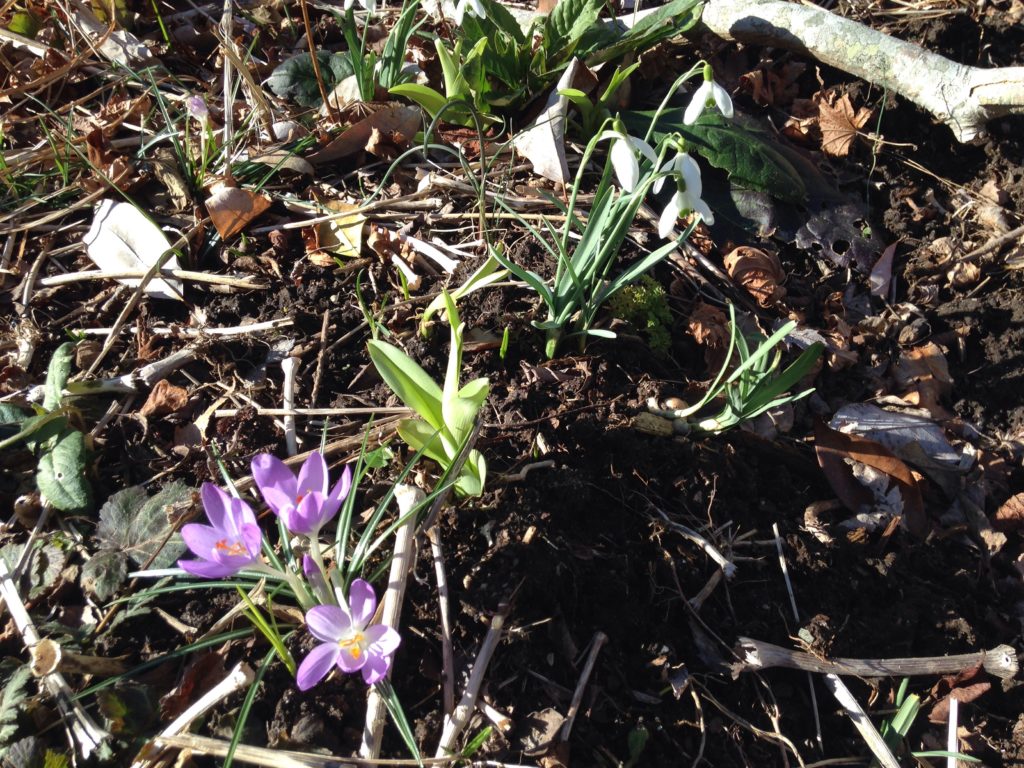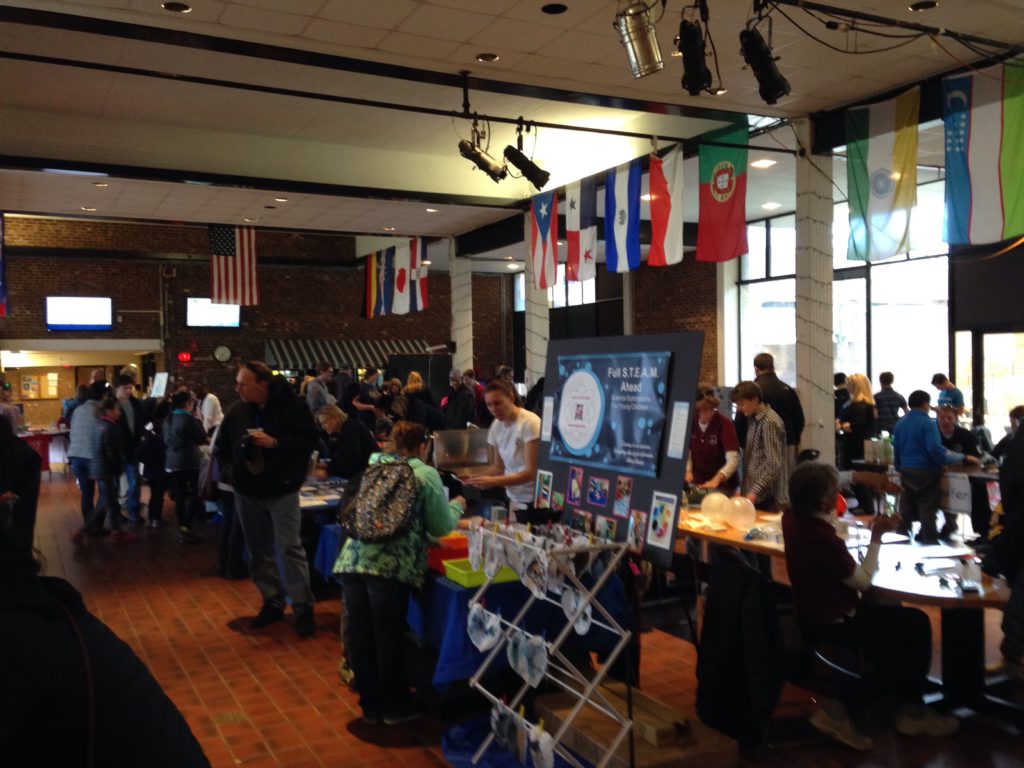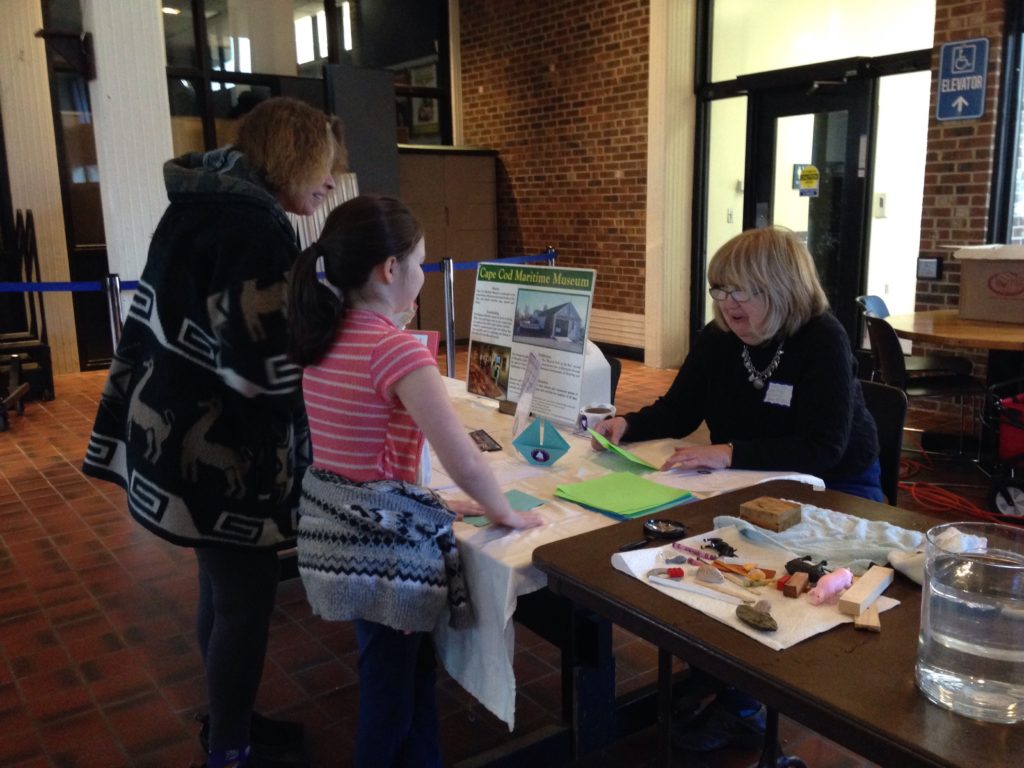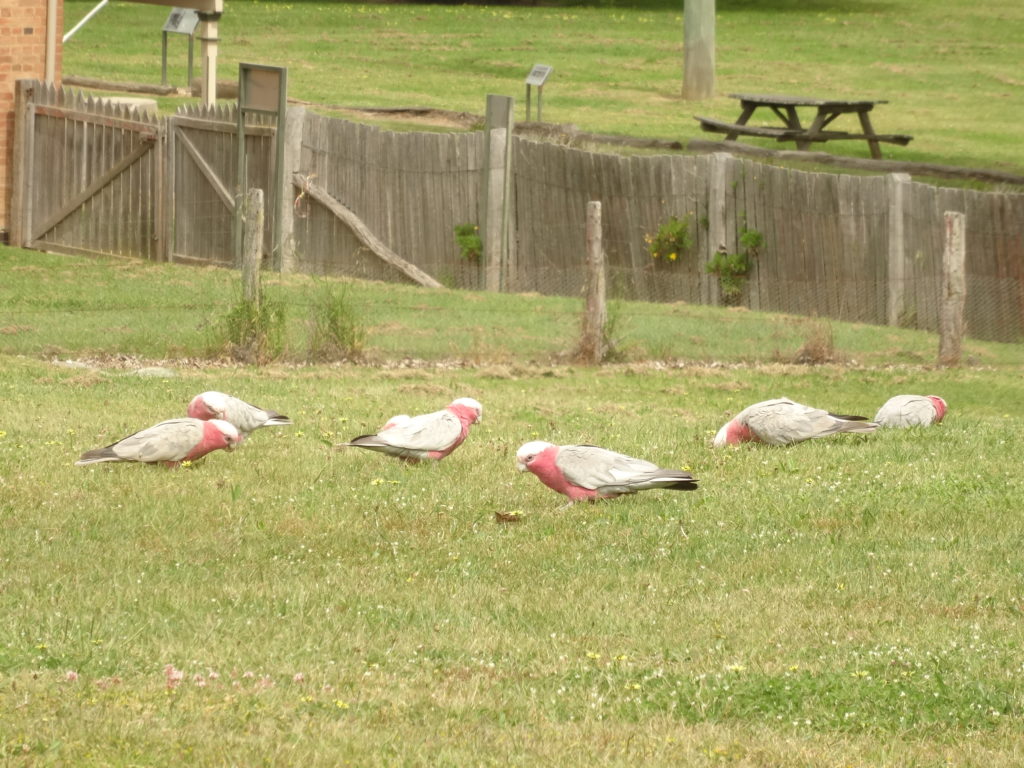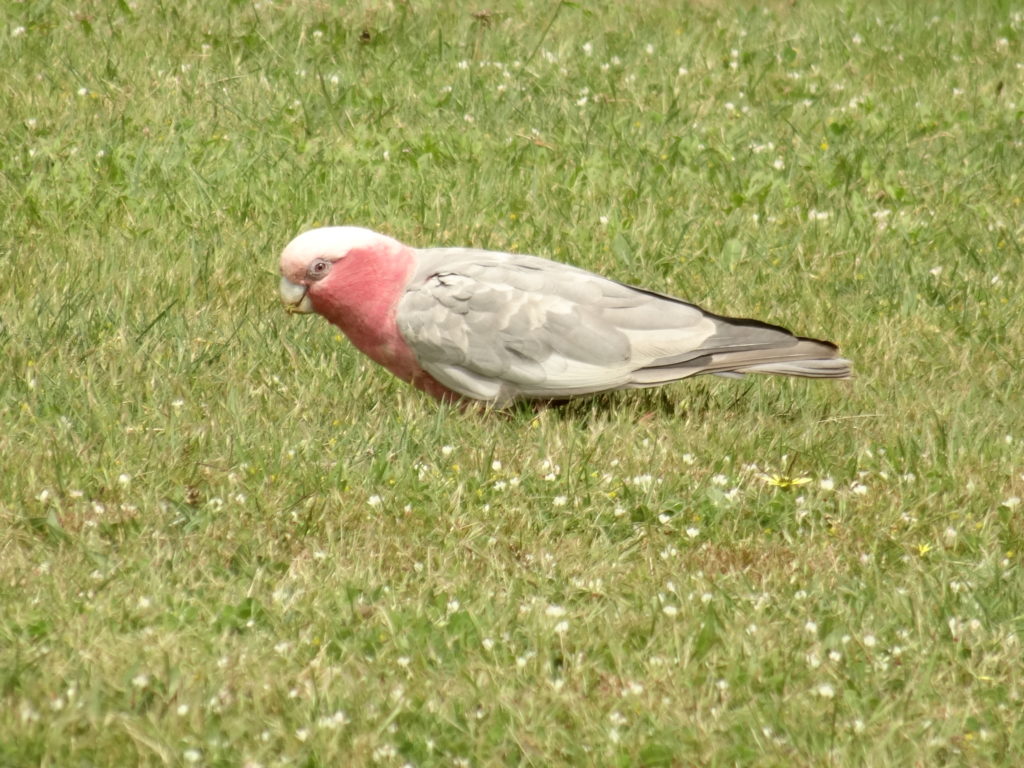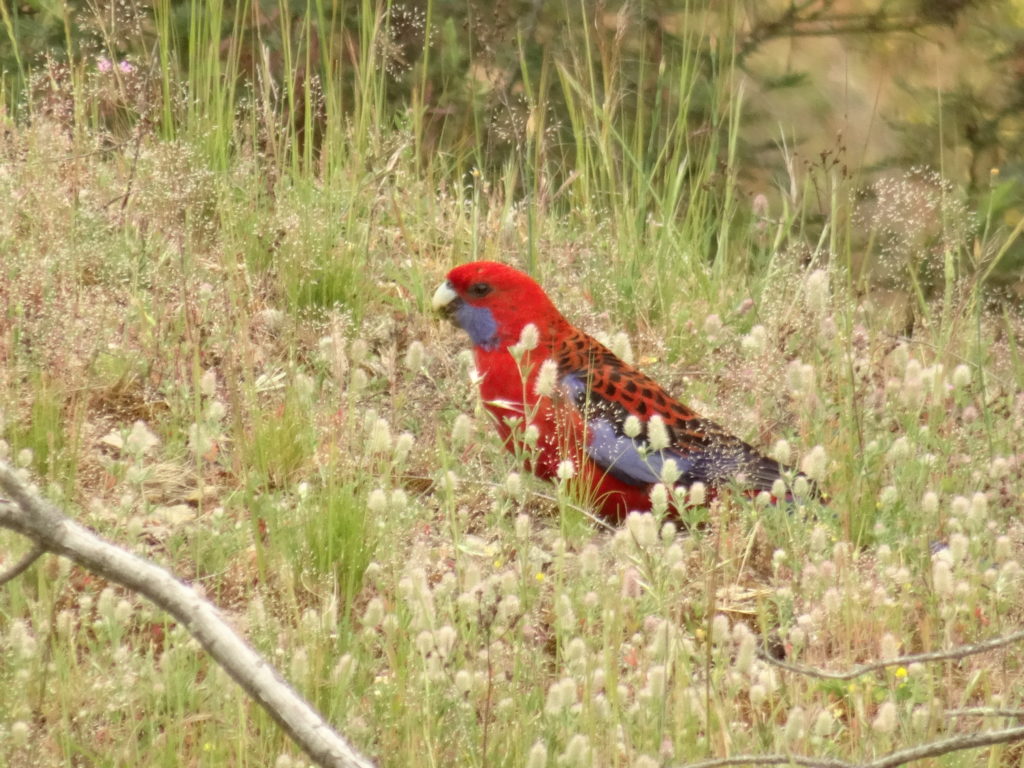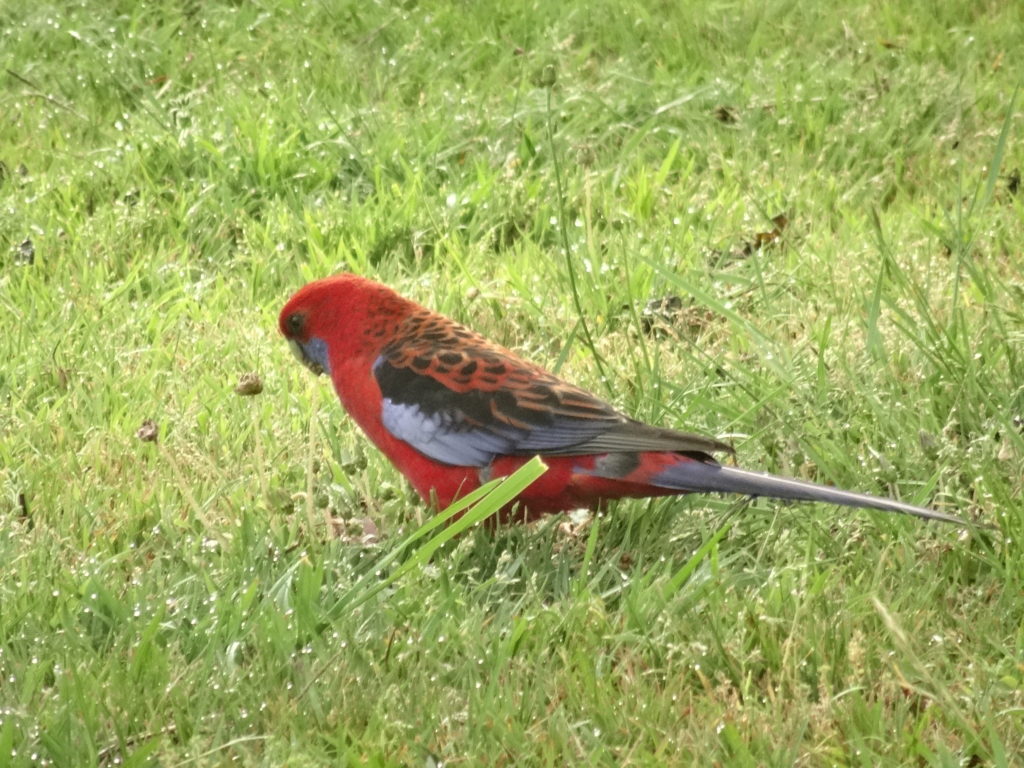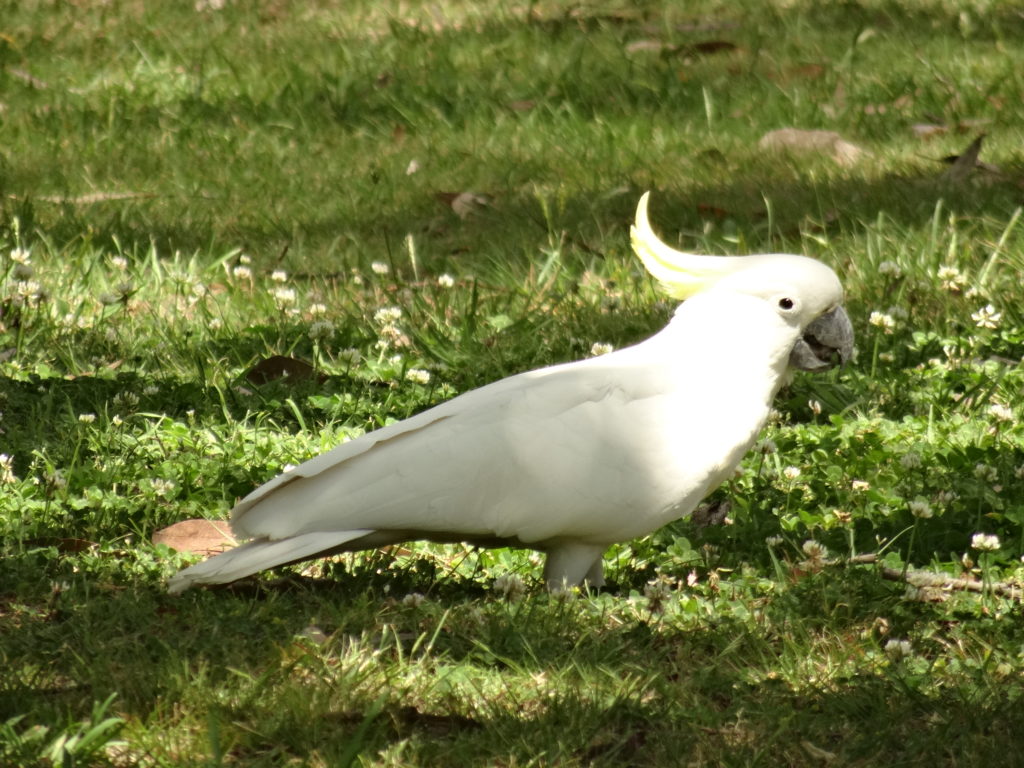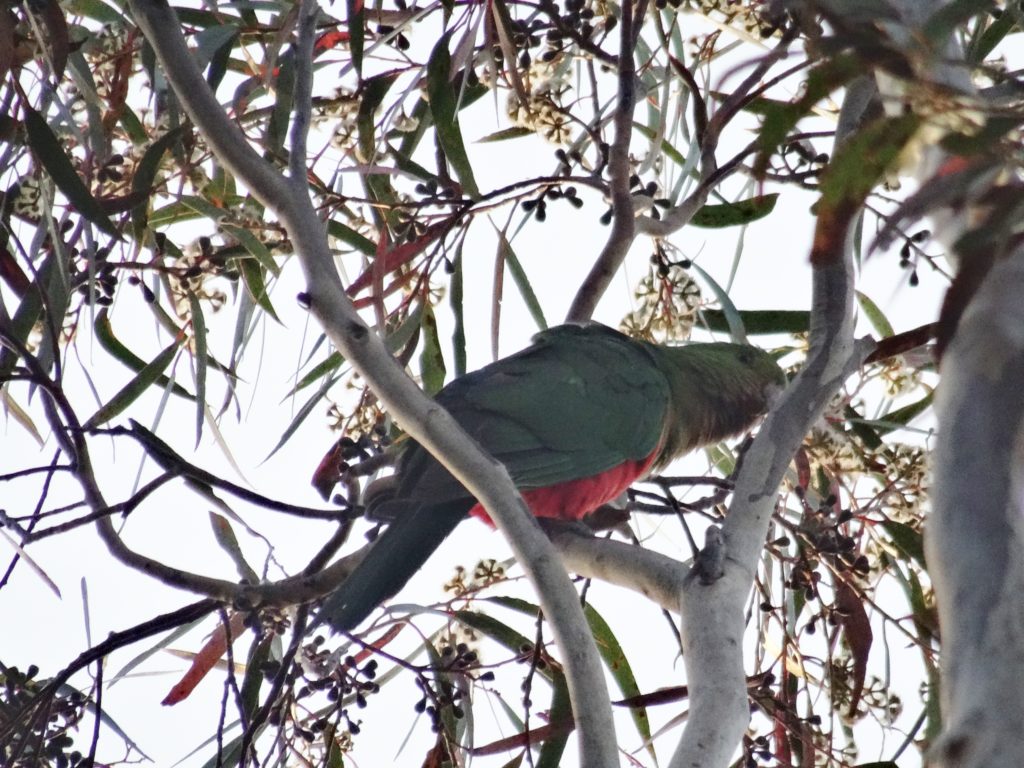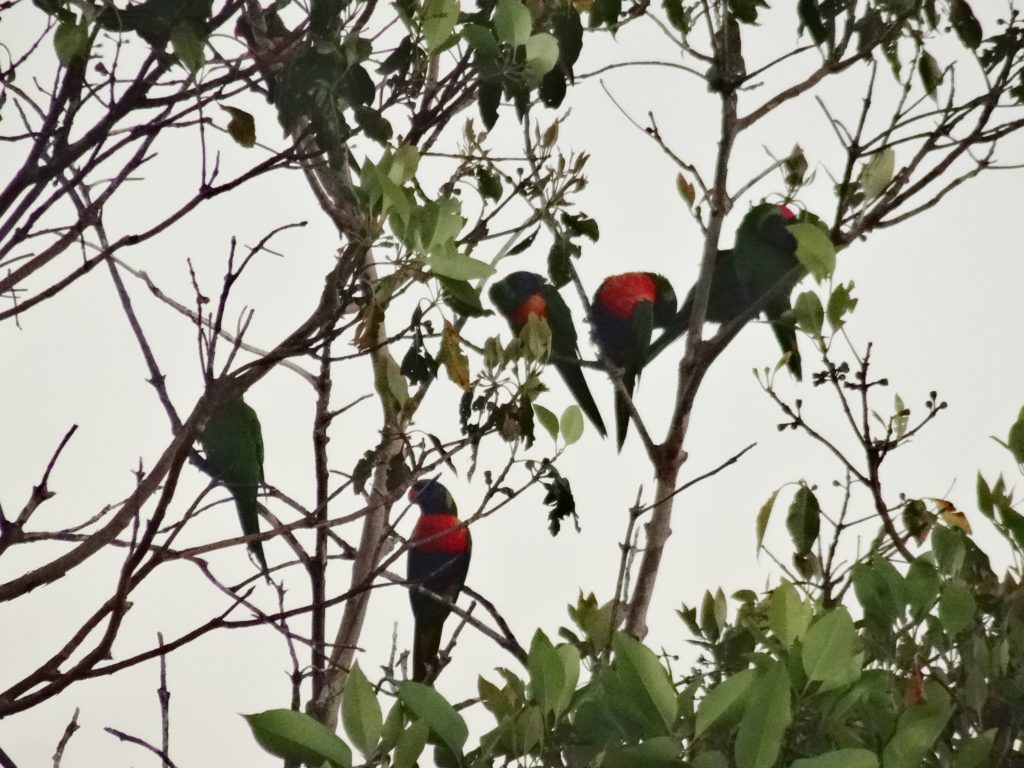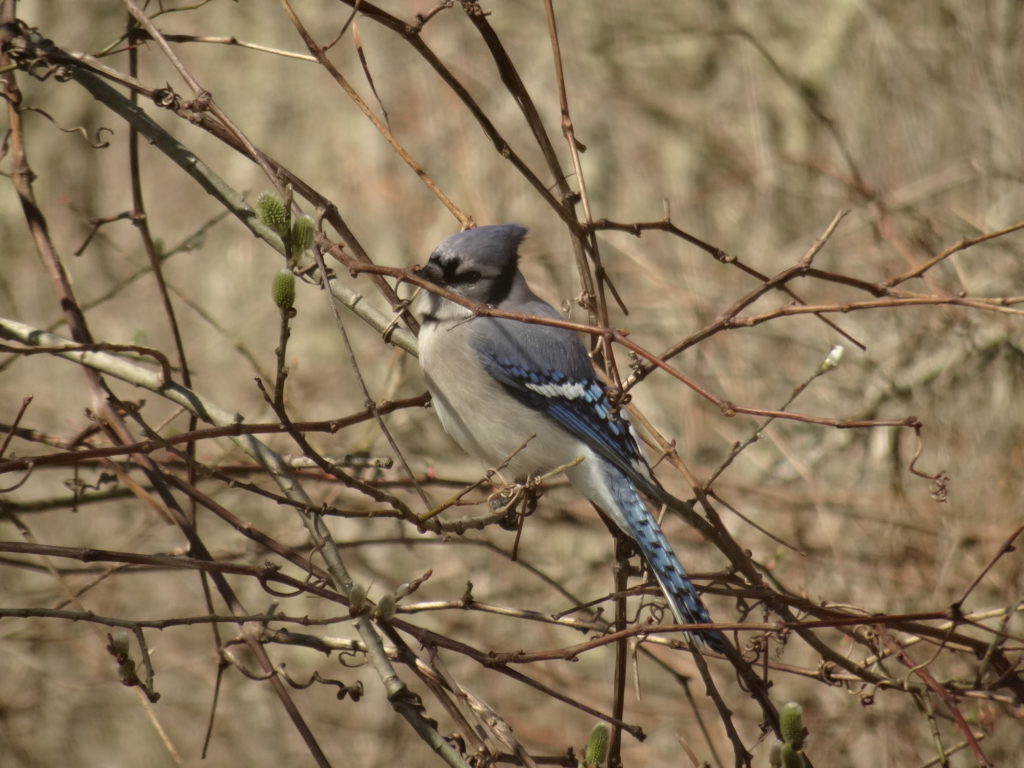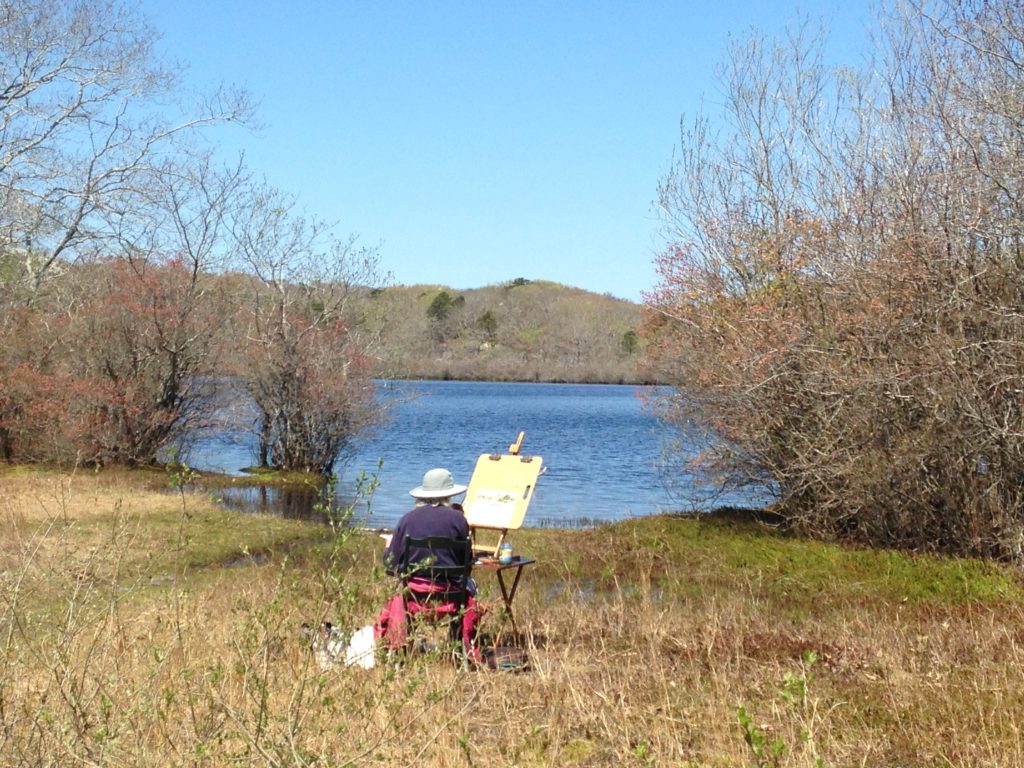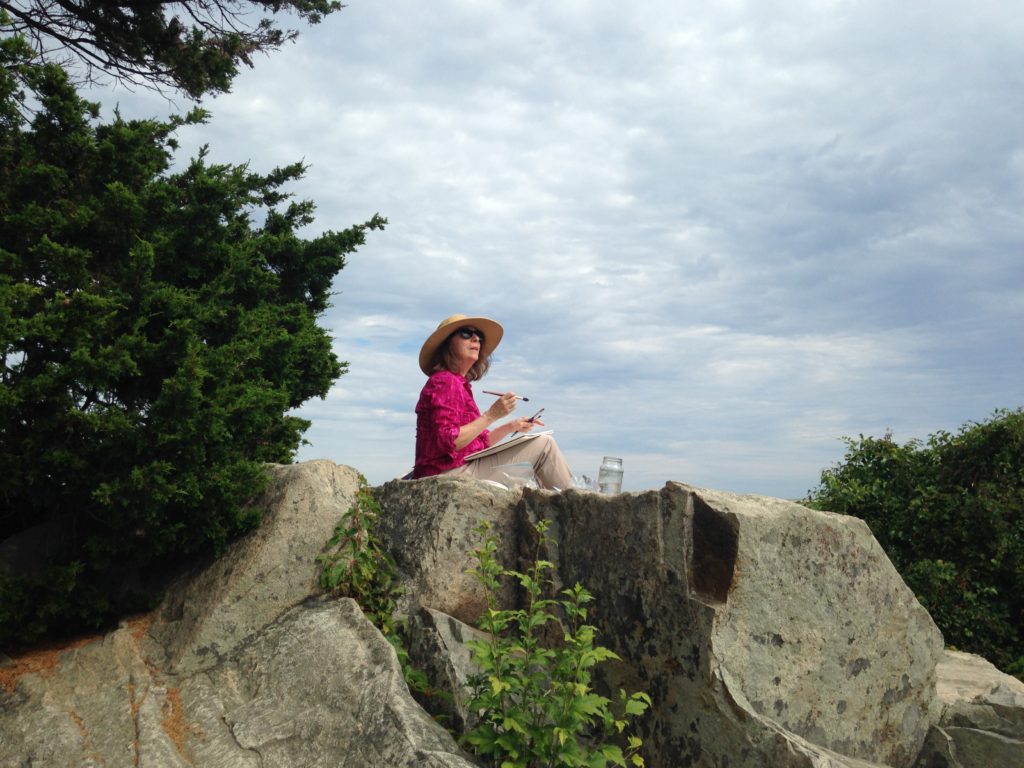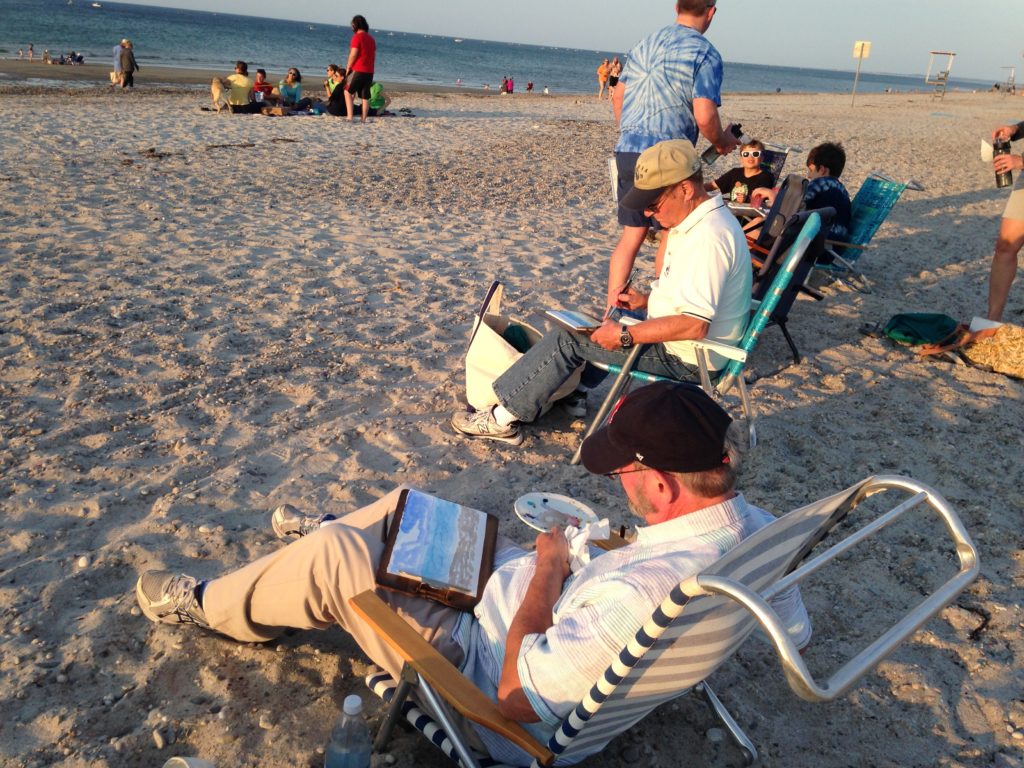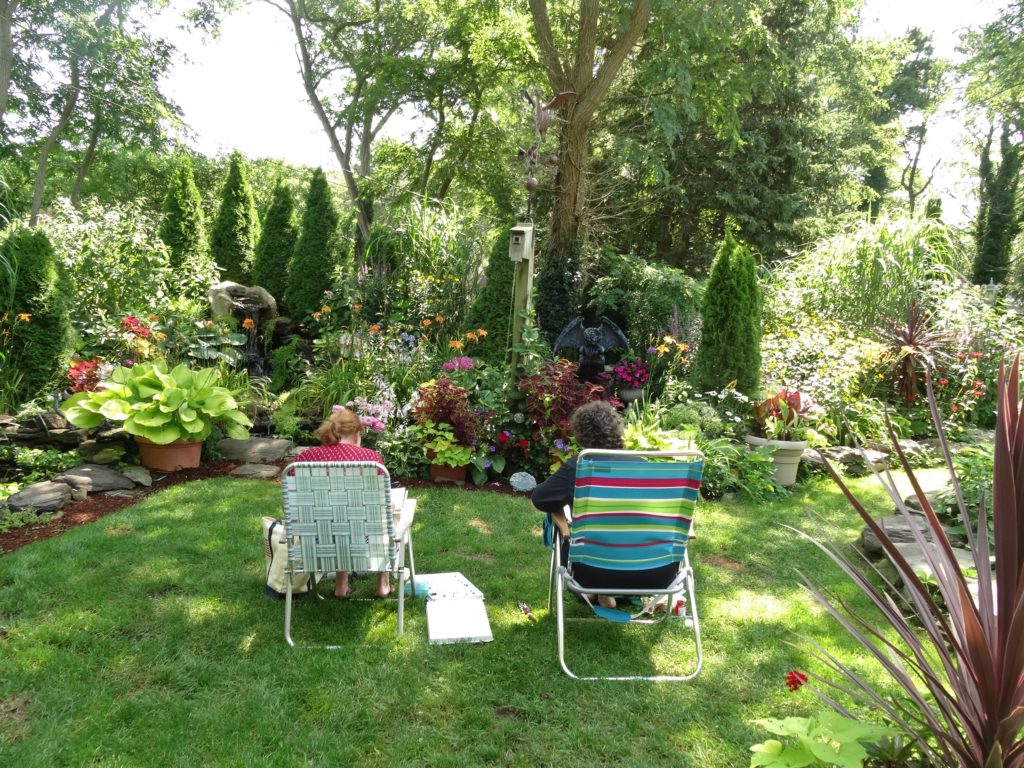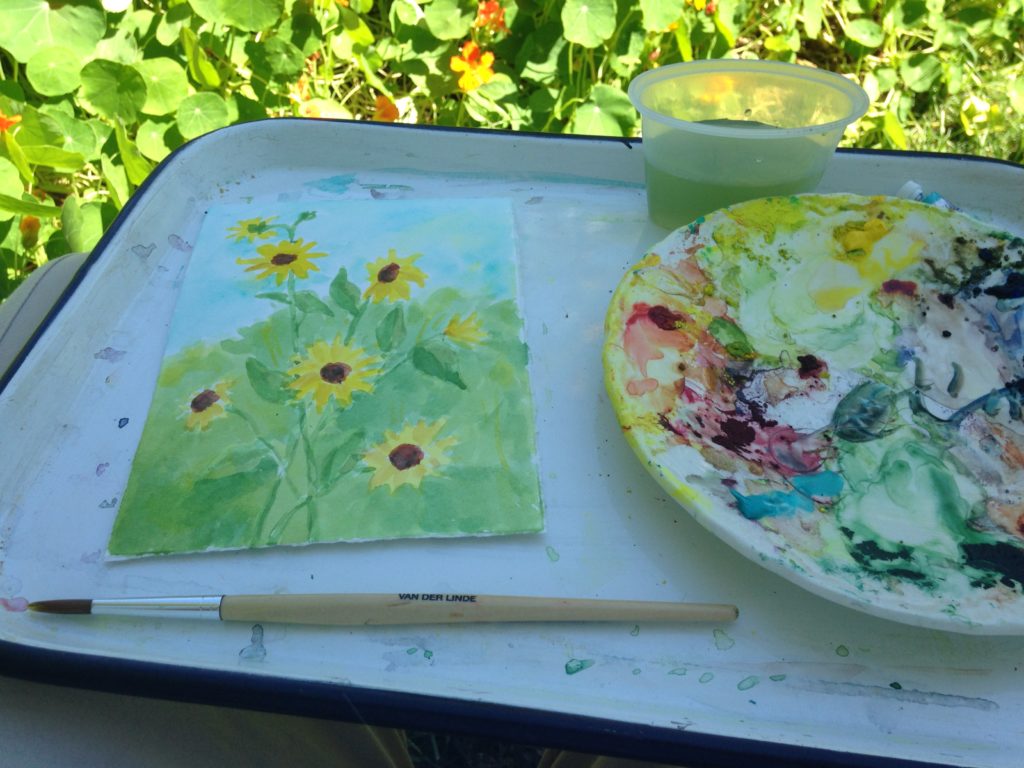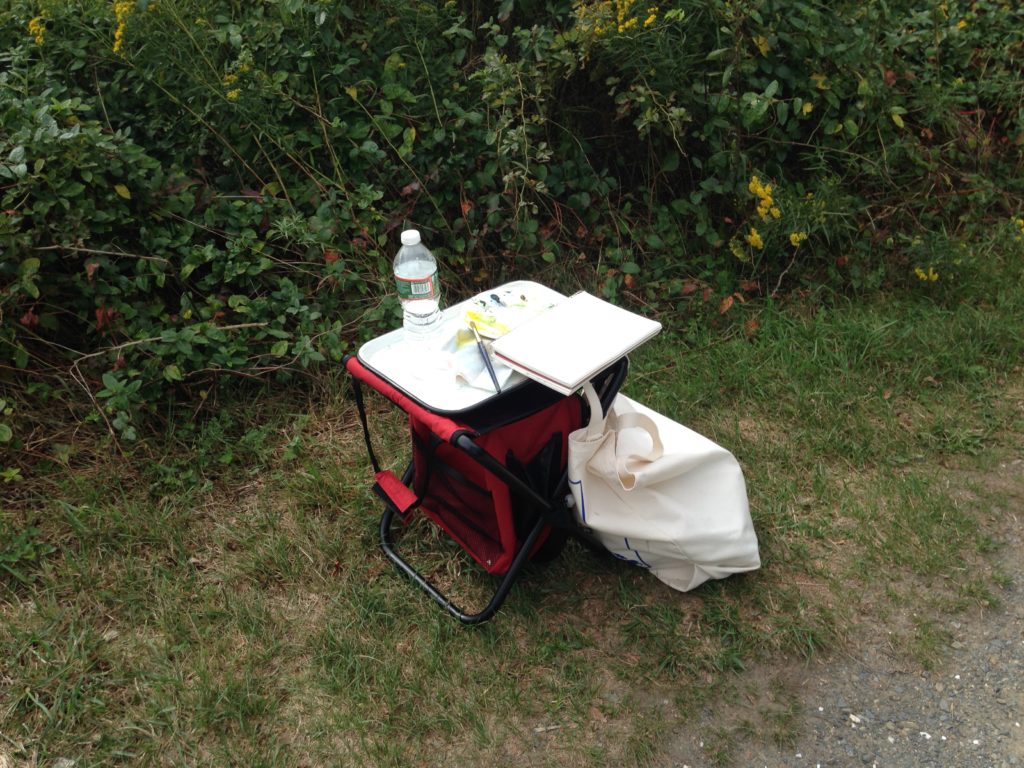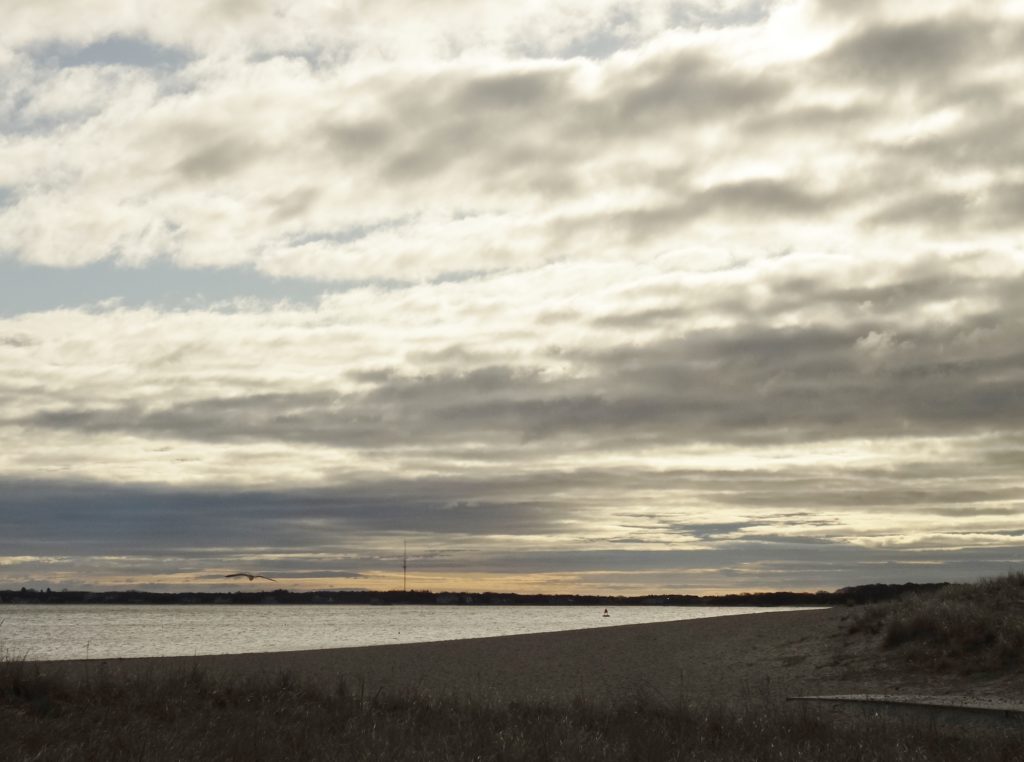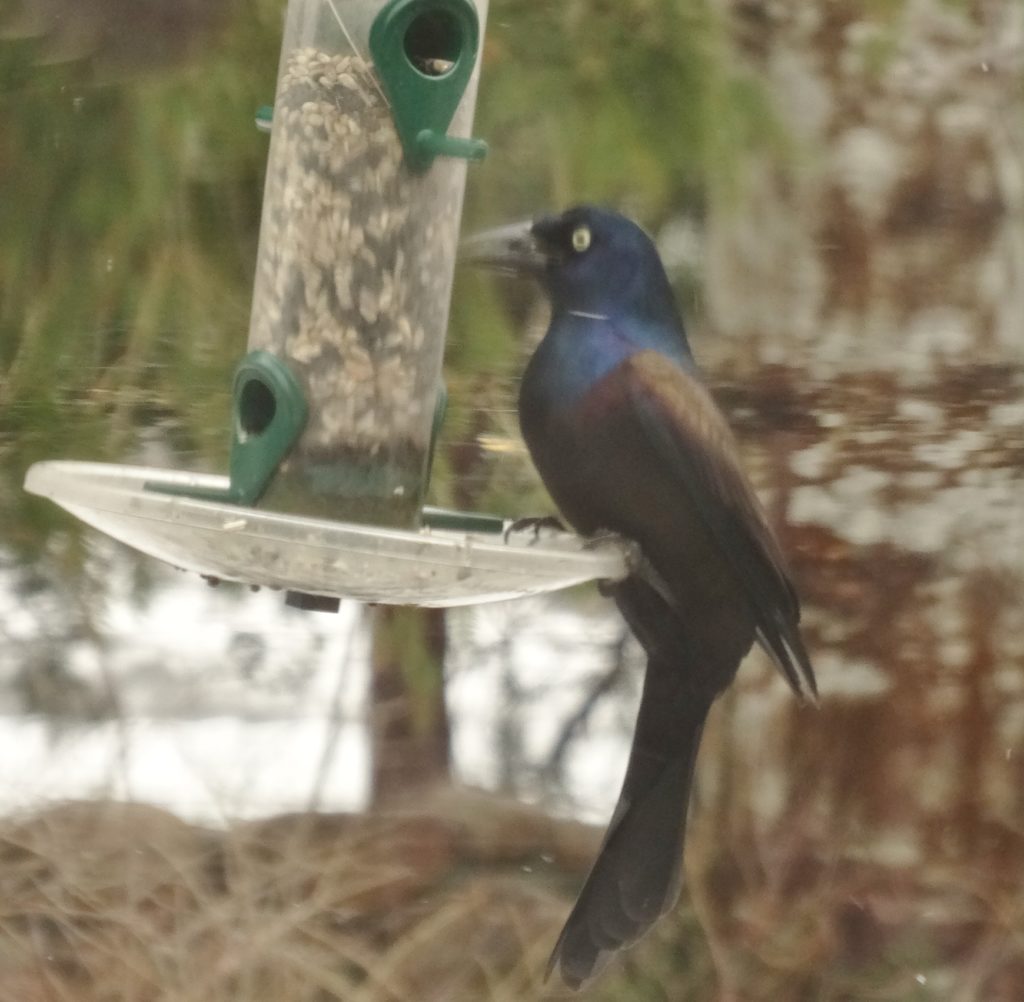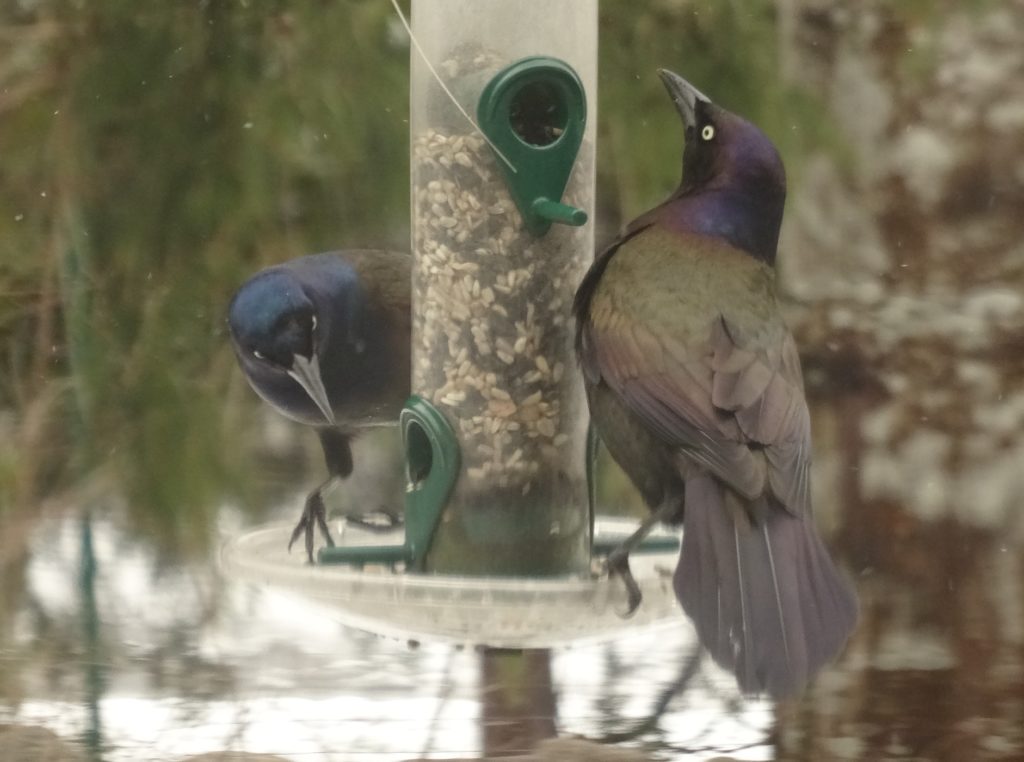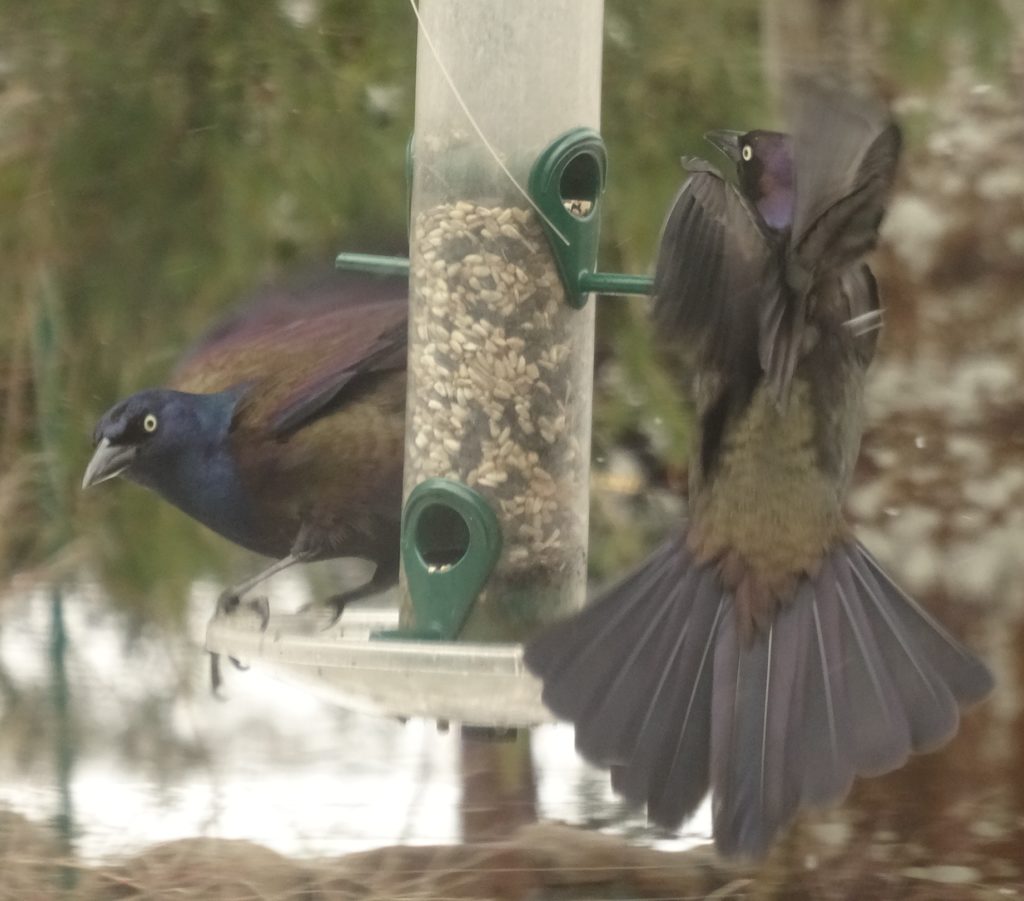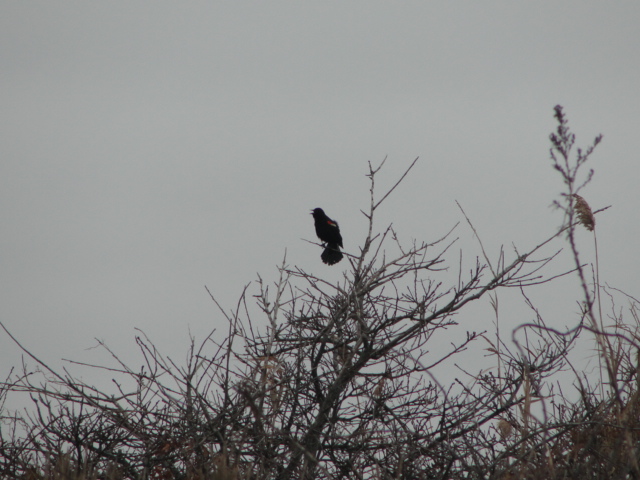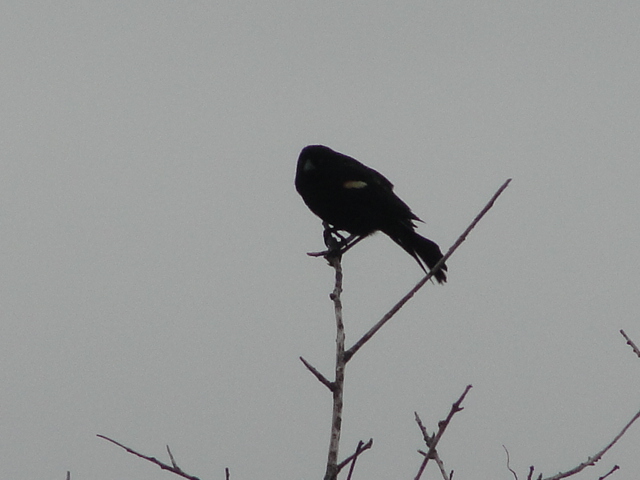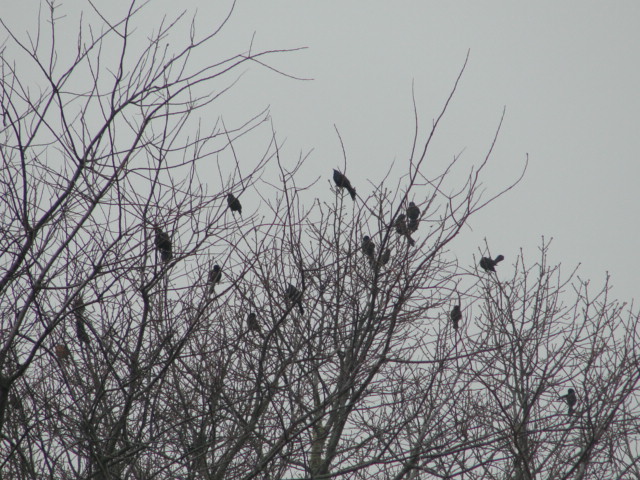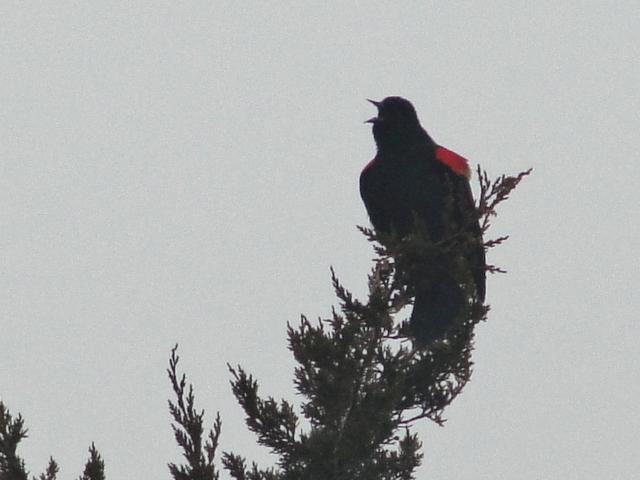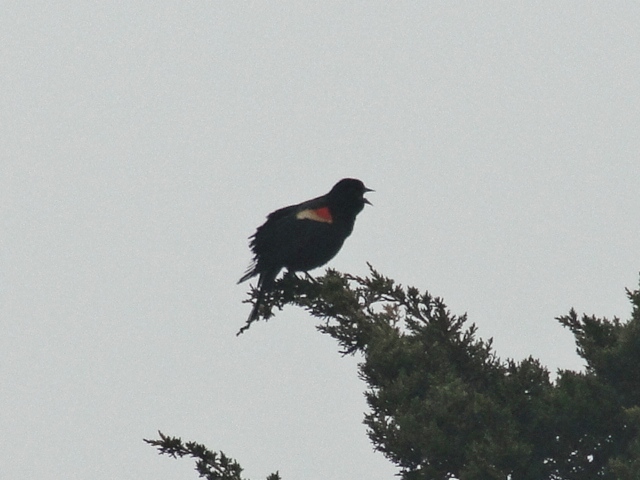Wow! It’s been awhile since I wrote a blog post. I’m busy on Facebook and Instagram (just search for Cape Cod Art and Nature) these days but would like to get back to posting here as well.
It’s been an interesting spring so far. Spring, you say? What spring? It’s been a non spring, actually! One of my recent columns talks about this and you can read it here.
I’ve joined a #100dayproject challenge this year and have been updating my sketchbook daily. I’ve always kept a sketchbook journal but it hasn’t really been daily, except in small spurts. I try to draw on location out in the field but to be honest, it’s been too cold to paint out there. I add the color with watercolor in my studio. On rainy days I’ve used things like shells and feathers from my collections.
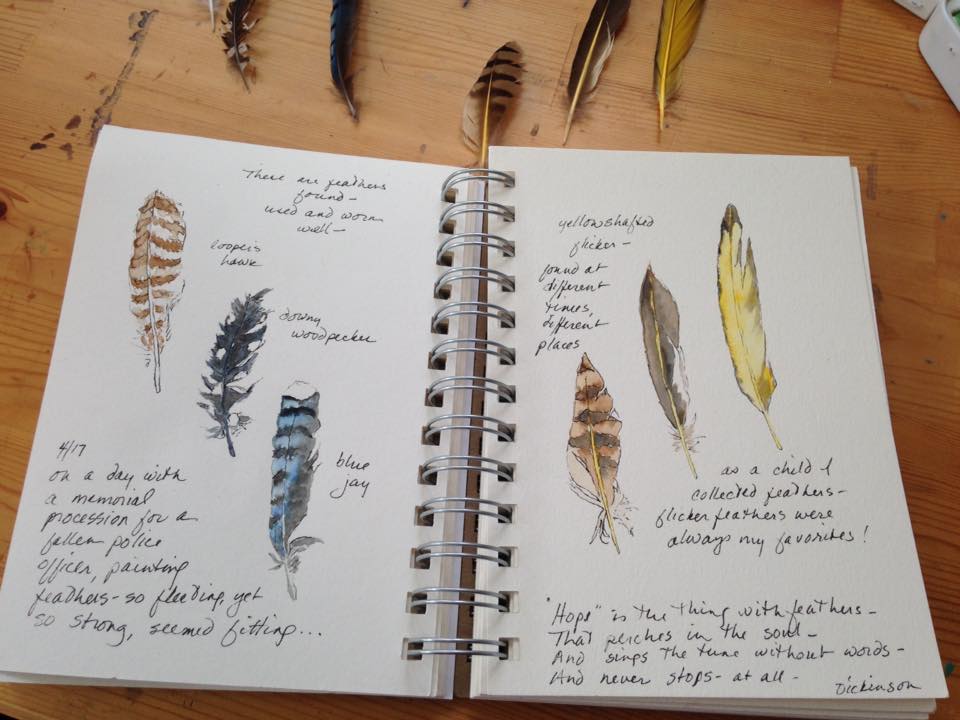 On one rainy and blustery day I sat in a beach parking lot and drew these flirting laughing gulls.
On one rainy and blustery day I sat in a beach parking lot and drew these flirting laughing gulls.
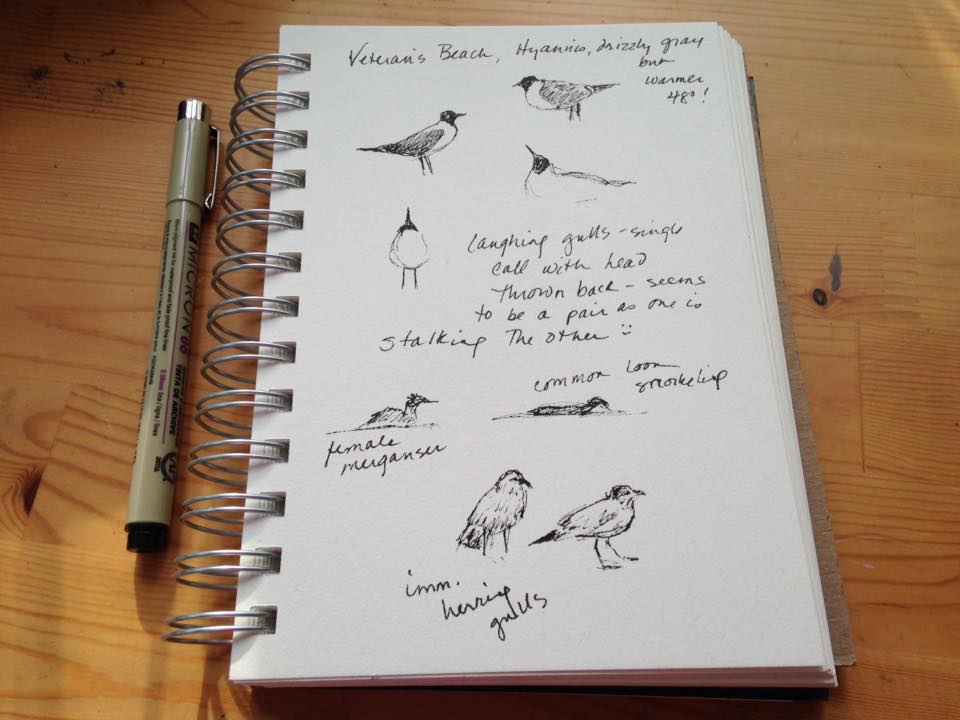 Lichens are always interesting and challenging to draw. I often add notes, thoughts, questions to my pages.
Lichens are always interesting and challenging to draw. I often add notes, thoughts, questions to my pages.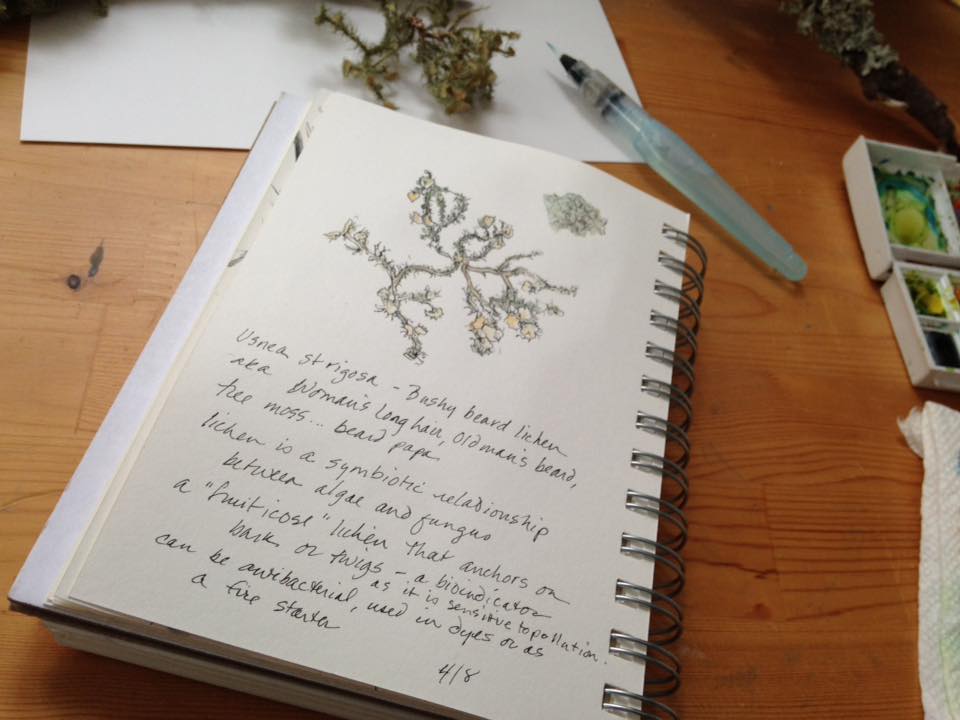 I also list the birds I see or hear.
I also list the birds I see or hear. 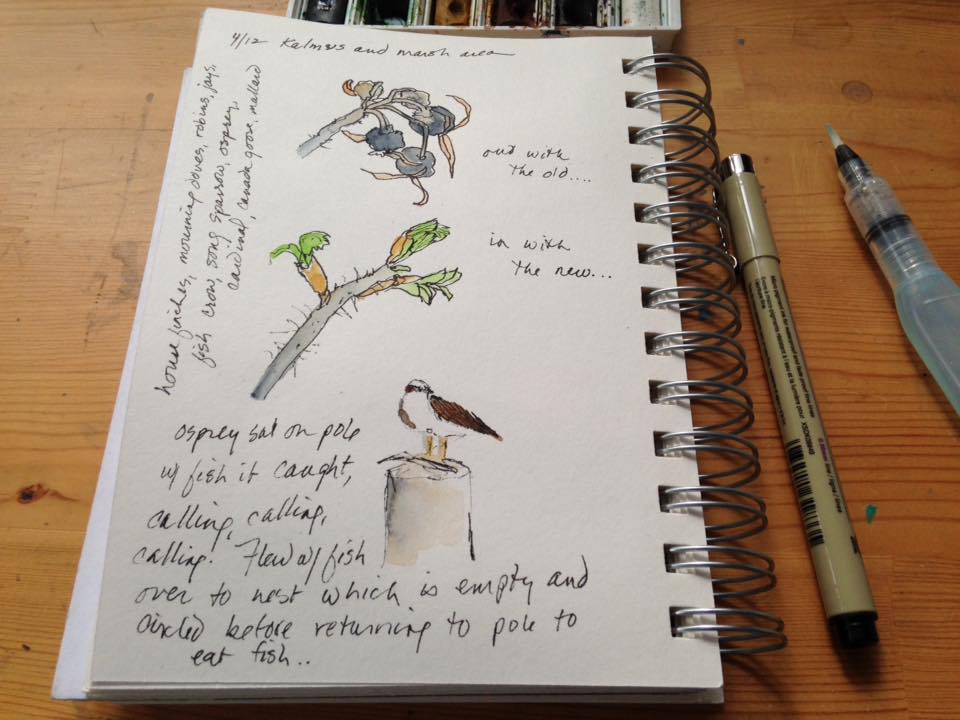 I’ll be offering an online nature journal class that will start in the next few weeks. No experience is necessary, just a willingness to get outside and observe. If you would like to be added to my email list please let me know at capecodartandnature@gmail.com For some reason wordpress doesn’t allow email links in posts so I apologize for the extra step. Just copy and paste in your email bar.
I’ll be offering an online nature journal class that will start in the next few weeks. No experience is necessary, just a willingness to get outside and observe. If you would like to be added to my email list please let me know at capecodartandnature@gmail.com For some reason wordpress doesn’t allow email links in posts so I apologize for the extra step. Just copy and paste in your email bar.
I’m heading off to a writer’s conference this weekend. And yes, I finished my middle grade novel for kids. I’m hoping to find an agent. More on the book soon. Until then, enjoy what could be spring weather this weekend!

